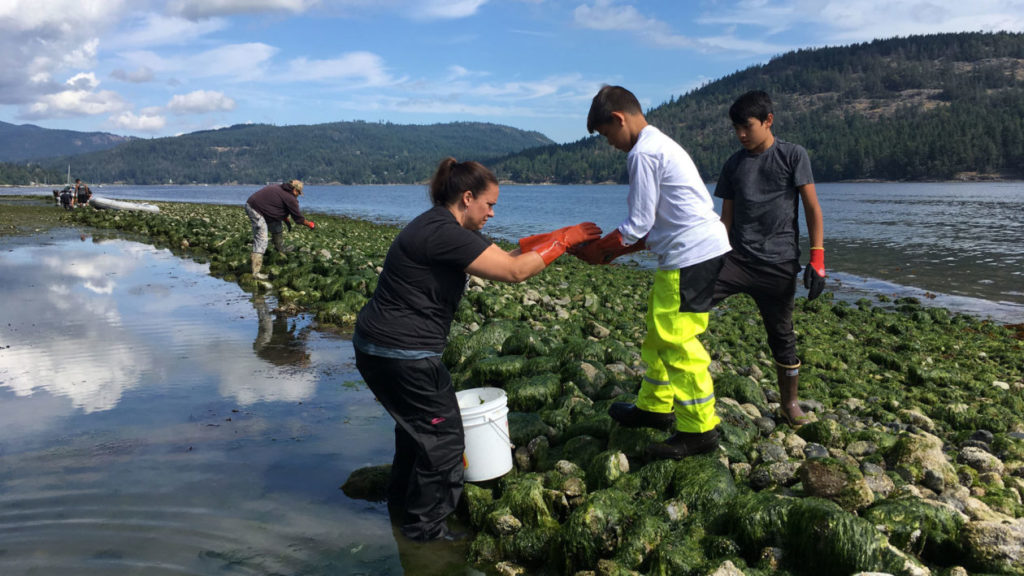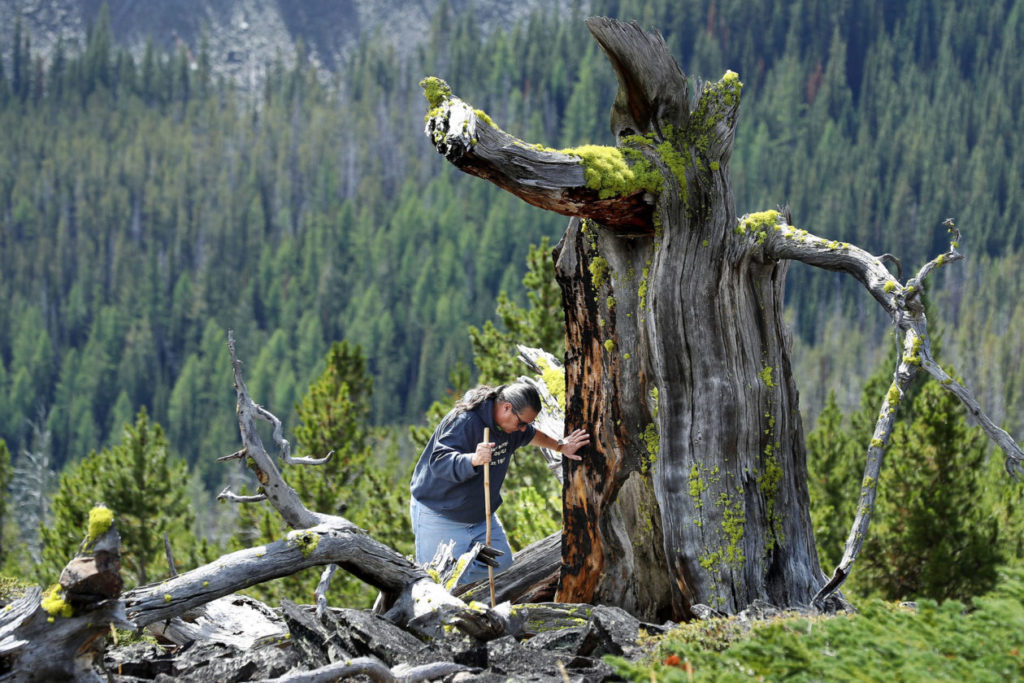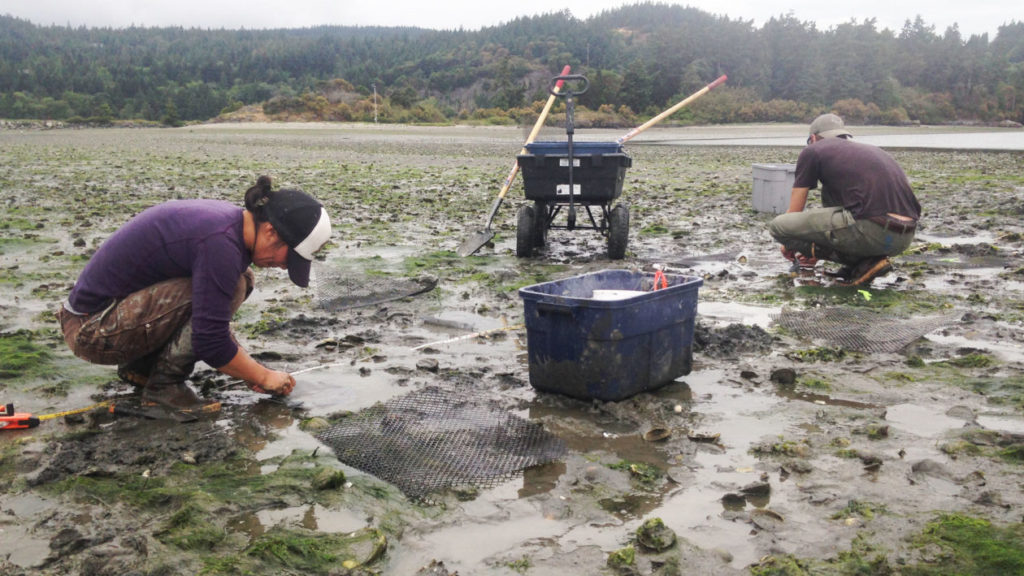New NW CASC Synthesis Explores the Effects of Climate Change on Invasive Species in the Northwest
This article was originally published by NW CASC.

There is growing concern that changing climate conditions will amplify the negative impacts of non-native invasive species and facilitate their expansion. Despite the potential ecological and economic impacts of invasive species expansions in the Northwest, there has been no comprehensive synthesis on climate change effects on invasive species – until now. NW CASC-funded researchers Jennifer Gervais (Oregon Wildlife Institute), Clint Muhlfeld (U.S. Geological Survey) and colleagues conducted an extensive literature analysis to determine the current state of knowledge about climate change effects on non-native invasive species in the Northwest.
This analysis focused on studies describing how climate change has already influenced, or is projected to influence, the demography, range, spread or impact of almost 400 non-native invasive species. These include both terrestrial and aquatic species that have either been documented in the Northwest or whose future invasion of the Northwest is considered inevitable.
Findings: This study highlights how little we know about how climate change has or will affect aquatic and terrestrial species in the Northwest, especially at the fine geographic scales needed to manage them. The few retrospective studies describing connections between climate change and terrestrial non-native invasive species were consistent in suggesting that environmental changes associated with climate change have already contributed to the expansion of non-native mammals, insects and plants. In aquatic environments, researchers have similarly demonstrated relationships between conditions associated with climate change and the expansion of non-native fish species (check out related NW CASC-funded research on the hybridization between introduced rainbow trout and native westslope cutthroat trout).
Compared to the number of retrospective studies, there were more studies projecting future dynamics of non-native invasive species relevant to Northwest ecosystems, the majority of which focused on plant taxa. Regardless, both the retrospective and forward-looking studies suggest that while climate change may often benefit aquatic non-native invasive species, it will have more complex and context-specific effects on terrestrial non-native species.
This literature review highlights our limited understanding and ability to predict how non-native invasive species in the Northwest will respond to climate change. Although our understanding of how climate change may interact with non-native invasive species is notably lacking, some evidence suggests that climate-induced non-native invasive species expansions are already underway in the Northwest, particularly in aquatic ecosystems, and will be exacerbated by future changes in temperature and precipitation regimes. Since existing studies suggest that invasives will have varying impacts on native species depending on context, this study also highlights the need for research at the regional and local scale where management actions are taken.
Authors Jennifer Gervais and Clint Muhlfeld urge collaboration among managers, biologists and researchers to develop “a more coordinated and integrated research and monitoring approach,” which will be critical for understanding the environmental conditions that facilitate the spread of invasive species, as well as which habitats and native species might be most vulnerable to their future spread in the Northwest. This understanding can help inform climate adaptation strategies aimed at reducing the impacts of non-native invasive species on Northwest aquatic and terrestrial ecosystems.

 Swinomish tribal members from Washington state participate in a clam garden restoration in British Columbia. PHOTO COURTESY OF
Swinomish tribal members from Washington state participate in a clam garden restoration in British Columbia. PHOTO COURTESY OF 
 Swinomish fisheries managers and scientists collect data on how ocean acidification is impacting oyster and clam development.
Swinomish fisheries managers and scientists collect data on how ocean acidification is impacting oyster and clam development. 


